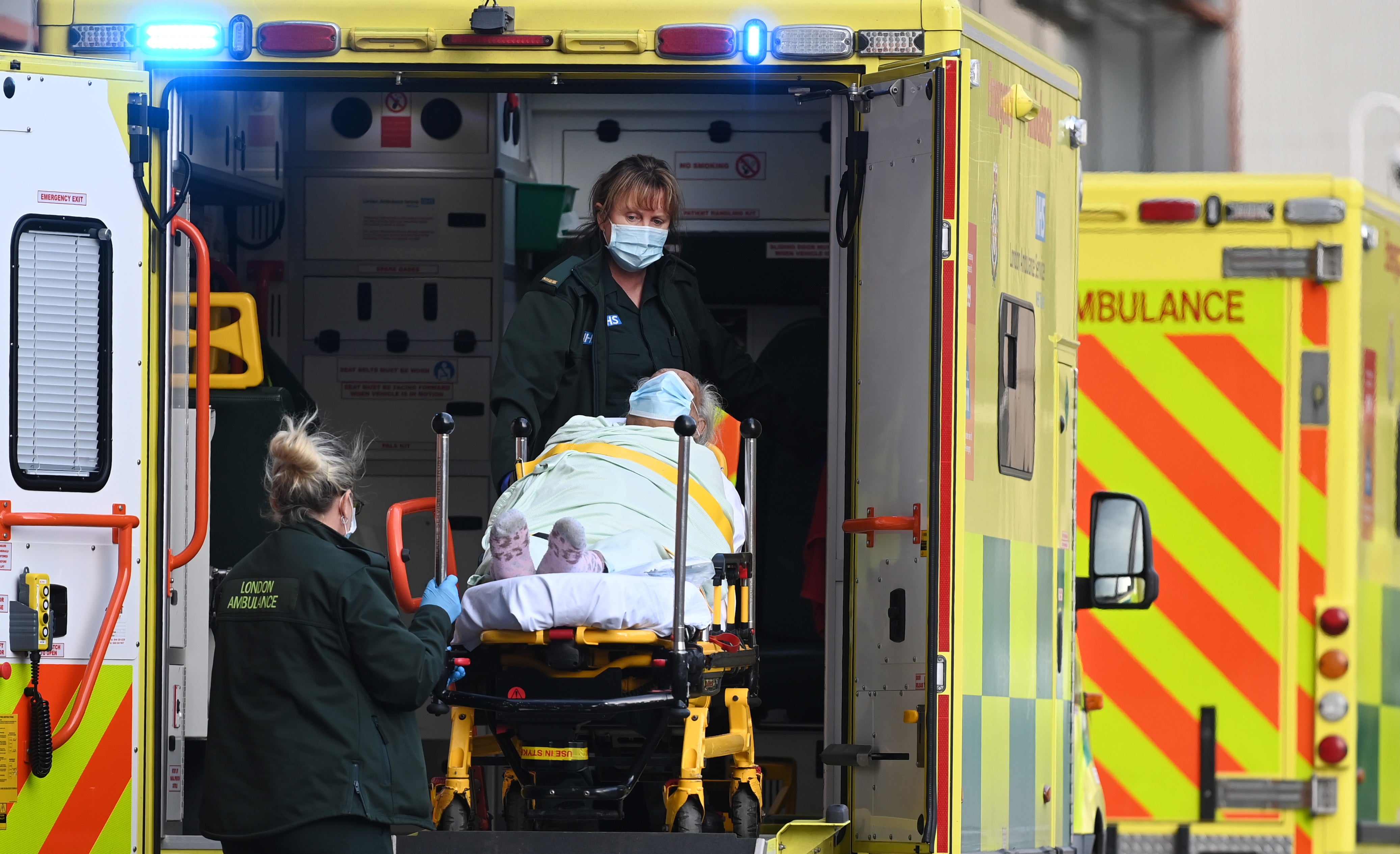Many of the critically injured weren’t taken to hospital for hours after Manchester arena bomb
Ambulance service tells inquiry delay was due to stabilising patients

Your support helps us to tell the story
From reproductive rights to climate change to Big Tech, The Independent is on the ground when the story is developing. Whether it's investigating the financials of Elon Musk's pro-Trump PAC or producing our latest documentary, 'The A Word', which shines a light on the American women fighting for reproductive rights, we know how important it is to parse out the facts from the messaging.
At such a critical moment in US history, we need reporters on the ground. Your donation allows us to keep sending journalists to speak to both sides of the story.
The Independent is trusted by Americans across the entire political spectrum. And unlike many other quality news outlets, we choose not to lock Americans out of our reporting and analysis with paywalls. We believe quality journalism should be available to everyone, paid for by those who can afford it.
Your support makes all the difference.More than a dozen people critically injured in the Manchester Arena attack were only taken to hospital by ambulance from the scene three and a half hours after the attack, a public inquiry heard.
James Birchenough, an operations manager at North West Ambulance Service (NWAS), was in charge of the casualty clearing station, setting up a triage system below the venue on the concourse of Victoria railway station.
Critically injured patients were then ferried from the blast scene in the City Room, the foyer of the Arena, down steps on makeshift stretchers to be assessed.
But a “large number” were waiting a long time at the clearing station before they were taken from the scene by NWAS to local hospitals, the hearing in Manchester was told.
Suicide bomber Salman Abedi detonated his shrapnel-packed device in the crowded foyer as an Ariana Grande concert ended at 10.31 pm on May 22 2017, leaving 22 dead and hundreds injured.
Sophie Cartwright QC, counsel to the inquiry, said that by 11.39pm, 34 patients had been evacuated from the foyer to the clearing station with a further four brought down after that.
But only one of the injured people, designated either a P1, needing immediate care, or P2, needing urgent care, was dispatched from the clearing station to the hospital by NWAS before midnight, at 11.42 pm.
Between midnight and 1am a further 12 patients were dispatched, with 11 more in the hour that followed.
But it was only after 2am that 14 of those patients were taken from the clearing station to the hospital.
Ms Cartwright said: “A large number of patients were waiting a lengthy period of time before dispatch to hospital.”
Sir John Saunders, chair of the inquiry, questioned Mr Birchenough over why it took so long to get patients to the hospital.
Sir John said: “So the overwhelming concern that the public would feel about the response from the ambulance service relates to delay.
“It relates to delay in getting people out of the City Room and then delays getting them from the CCS (Casualty Clearing Station) to the ambulance.
“And you have heard the times read out and, read out starkly like that, they do sound like a very long time.”
The witness suggested the problem was not hospitals unable to take patients, or a lack of ambulances, and said the triage system had worked well on the night.
Mr Birchenough said: “The delay, for me, is down to treatment, down to stabilising the patients.
“The prioritising of those patients that was ongoing during that time, and physically having a patient ready, getting a stretcher and ambulance ready.
“It was just the logistics of doing all that as opposed to just putting a patient in the back of an ambulance and sending them to hospital.
“The treatment I witnessed was exemplary.
“Yes, had we had a bigger area, more staff on scene, had various other things been slicker, those times could have been shorter, I’m sure they could Sir.”
Earlier the hearing was told that only three paramedics entered the City Room, with police on scene screaming for more ambulance staff, and that casualties had to be evacuated on crash barriers, noticeboards and tables because of a lack of stretchers.
Blast victim John Atkinson, 28, who later died, was evacuated on a display board 45 minutes after the explosion, then moved to the clearing station, where he remained for a further 24 minutes before chest compressions were commenced at 23.47 pm. He was then taken away in an ambulance.
The inquiry, looking at all the circumstances of the terror attack, was adjourned until next week.